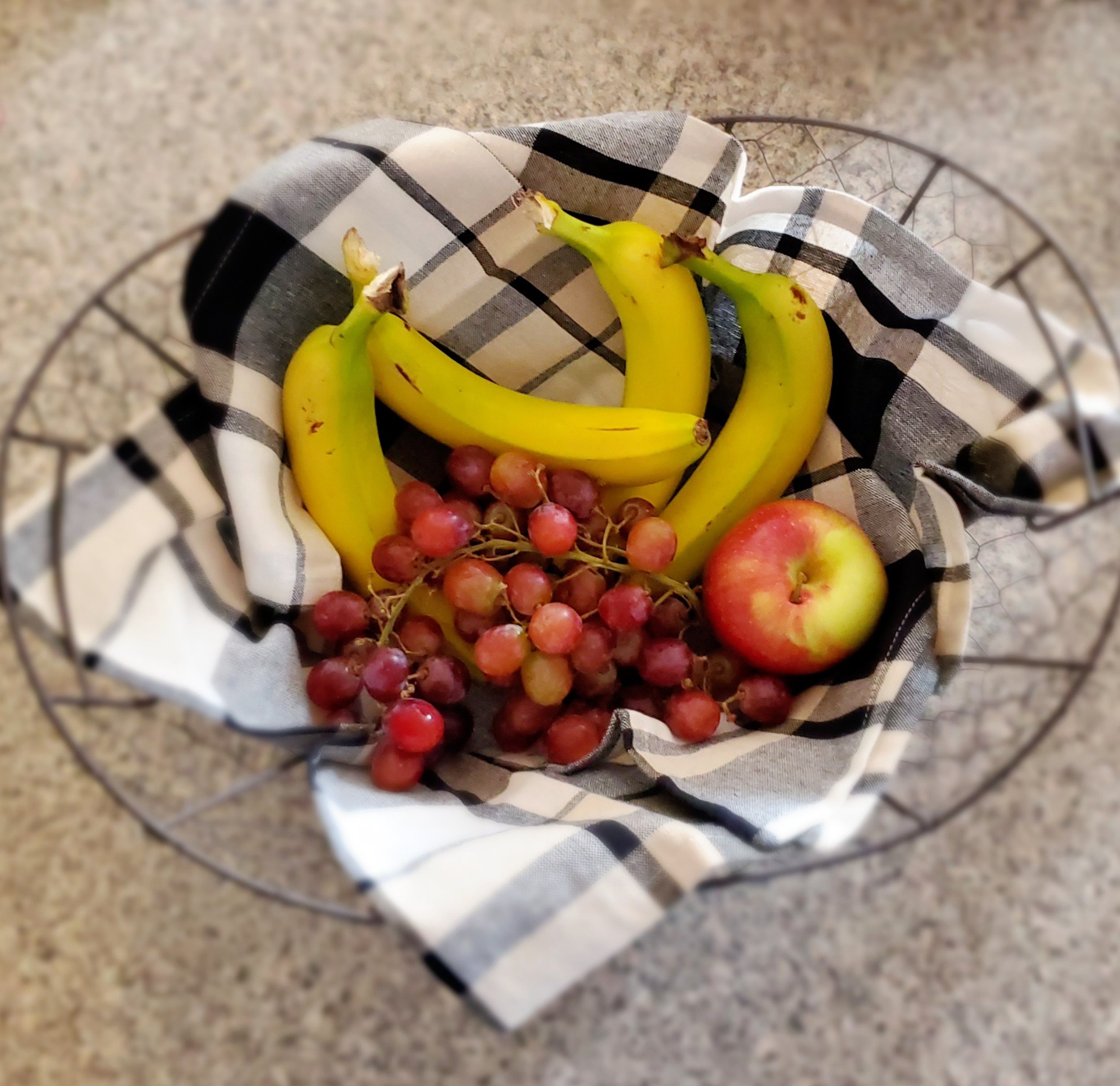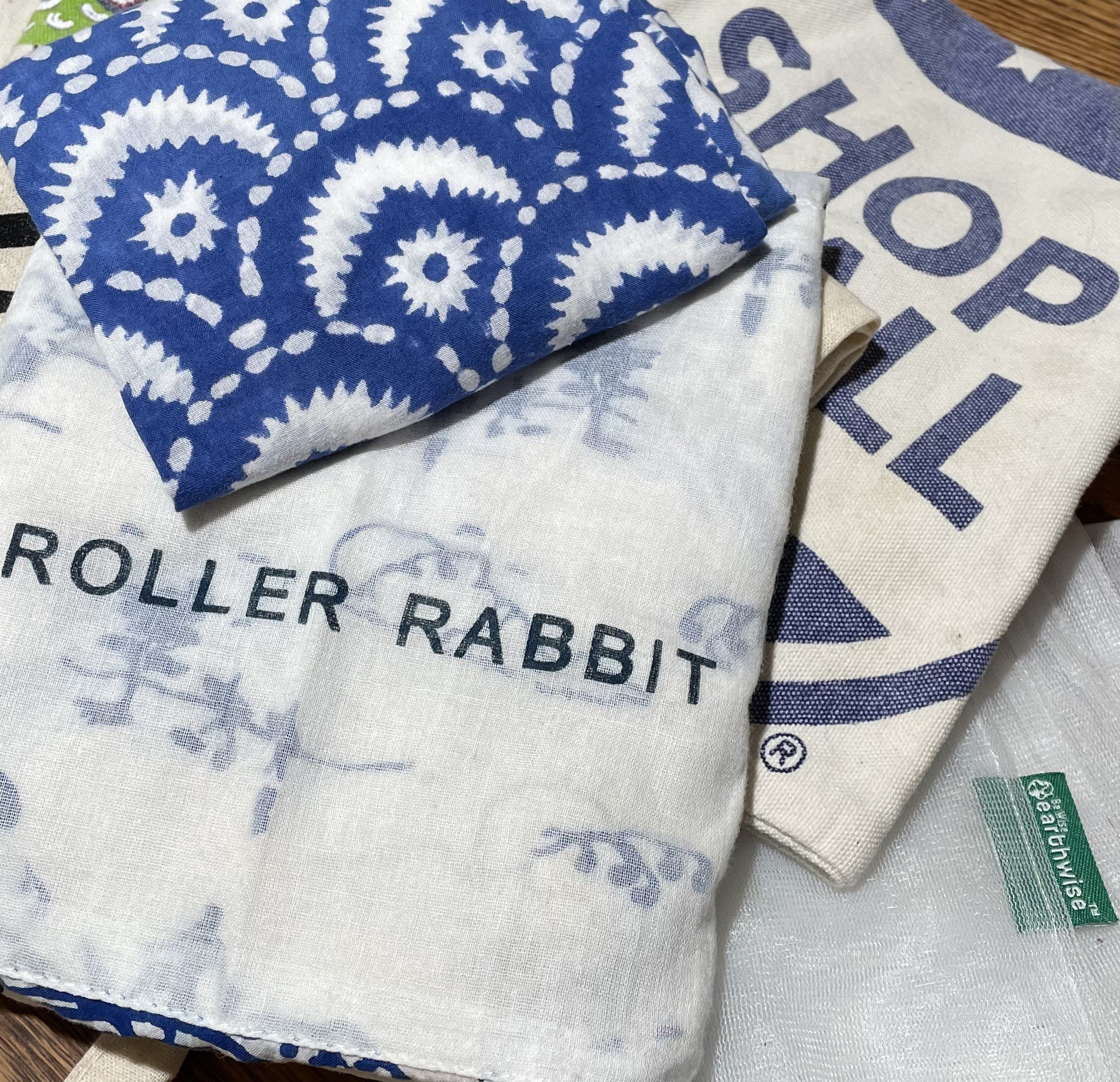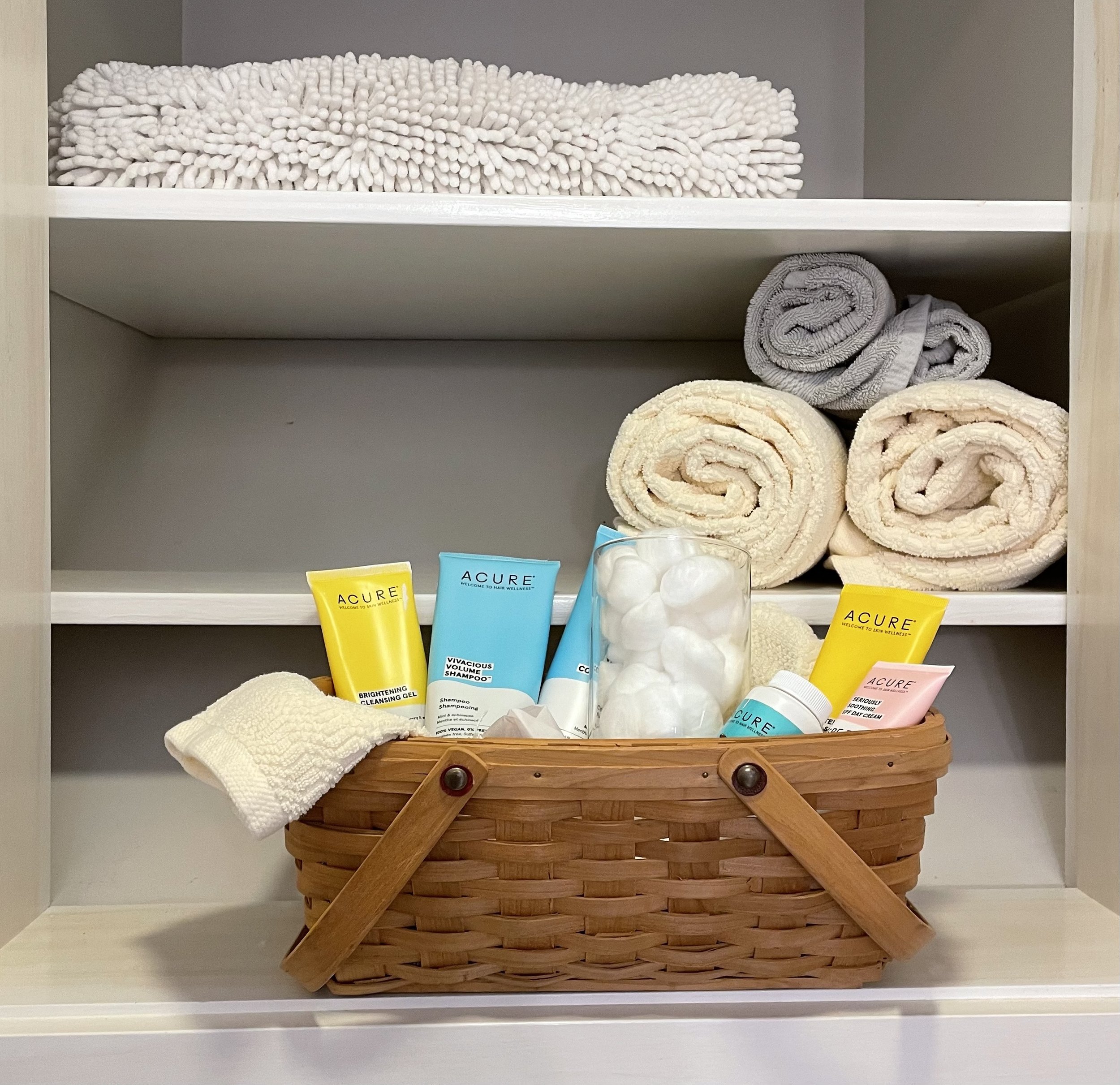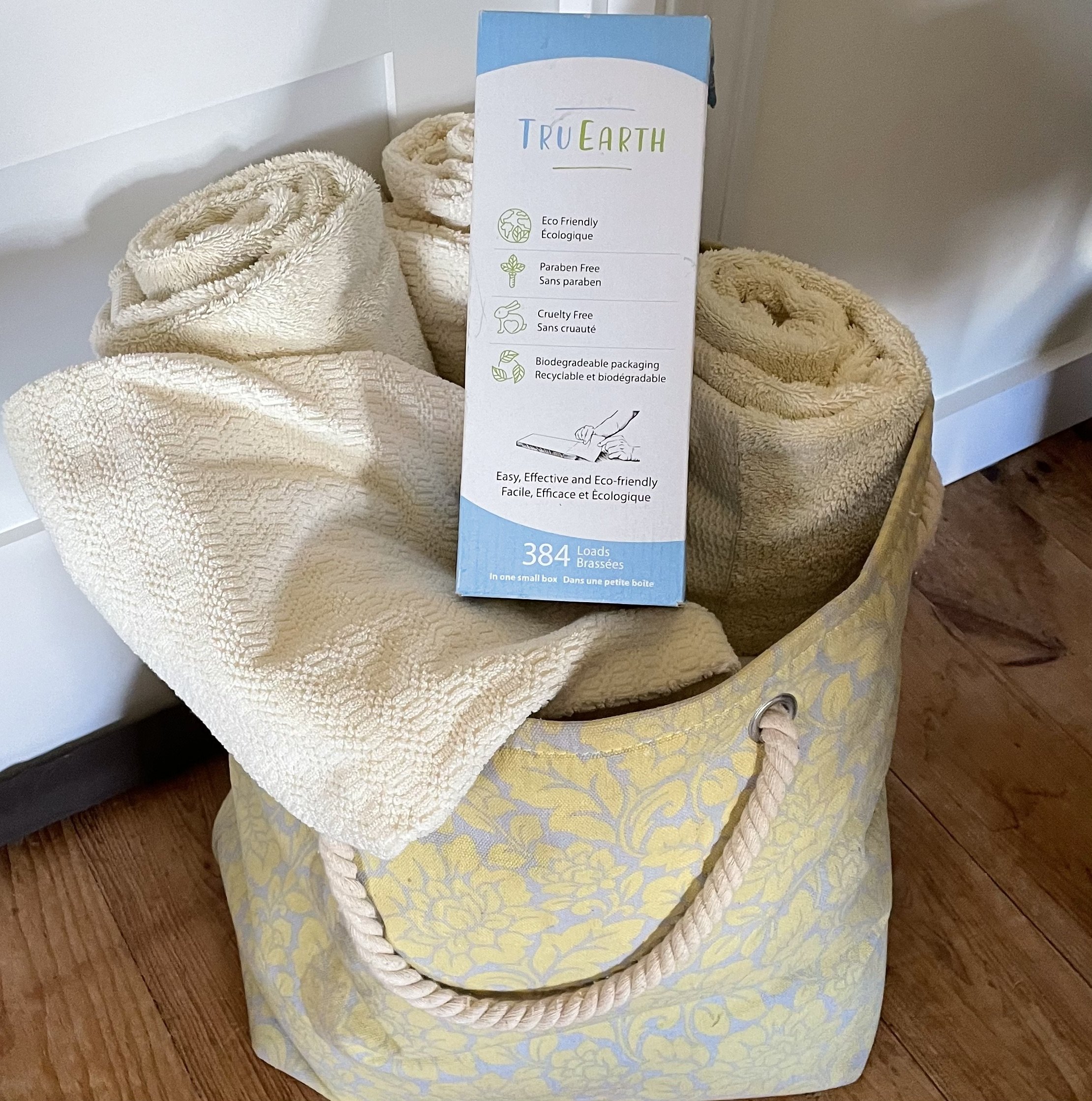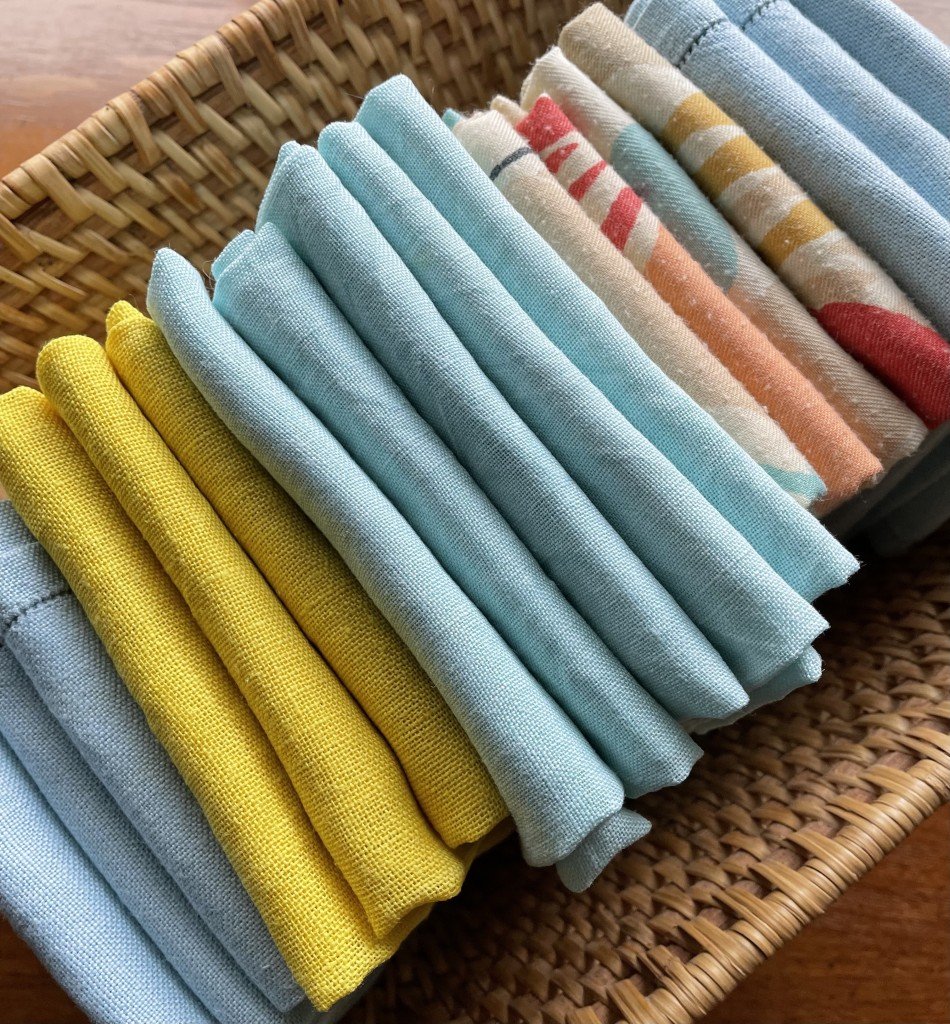To understand, let me mention some of the other key project team members that make up TDT – The Design Team. The homeowner of last year's PoH winner of People’s Choice Award coined this term, and I just love it! It is important to be familiar with the overall goal of and individual member responsibilities of TDT. It can comprised of many different parties, but at a minimum - the homeowners and skilled trades.
- Homeowners: have needs and dreams, and a budget and timeline.
- Architects: design the overall bones of a building and how it looks from the outside and relates to its surroundings - balance of volume and void, textures and colors, and developing dominant, sub-dominate and sub-ordinate parts.
- General Contractor: figures out the best way to build and execute a project, pulls together and manages a team of skilled trades, while also managing the project schedule and budget.
- Skilled Trades: framers, carpenters, plumbers, electricians, HVAC specialists, masons, drywallers, painters. The list could go on forever.
- Interior Designers: starting at project inception, listen to the needs and dreams of the homeowners, distills and synthesizes the information, figures out the best spatial layouts and functions based on homeowners lifestyle, and helps them create a cohesive vision to be implemented via design documentation and drawings distributed to the team, while guiding them through the details along the way until they reach the finish line.
The goal of every design team is that when the project is finished, not only do the homeowners love it new, but it’s a continual joy to inhabit because of the thoughtful design and quality build that make it unique and perfect for them. Leaving few, if any, moments of “why didn’t someone mention that”, “I wish we had thought of that,” or “wish we had done that”.
An interior designer can elevate the project by relaying their technical knowledge and the homeowner’s vision to the builder via specification documents and drawings; save homeowners stress by keeping them apprised of options, and allotting time to review them well in advance of the builders request for decisions, keeping the project on schedule; and save money by anticipating, avoiding and mitigating mistakes or occlusions.
While some homeowners have time and energy to commit to the building process and all the decisions to be made, they may not have the foresight to mention that they want something that is best implemented in the very beginning. Example - remotely controlled locks on entry doors. A project is nearing completion and the door has been framed in and is ready for hardware in the next couple of weeks. When the homeowners are asked for their door hardware selection, they tell the contractor it’s a remotely controlled lockset which needs hardwiring. Now there are three disappointing options – 1. the homeowners can forgo their intent and install something standard, 2. They can pay $X for a change order to have door taken apart, electricians to make a special service call to install, and carpenter to put door frame back together while also potentially delaying project delivery date, or 3. spend time researching other options and potentially delay the project delivery date. If the special locks had been accounted for in the beginning of the project it may have cost 50% of $X and would have been implemented without delay to the project. These are the kind of details that an interior designer can often catch before the above scenario plays out.
On the other hand, some homeowners prefer not to be too involved in the nitty gritty details but still want the outcome they envision. An interior designer, along with the rest of the TDT can work together to make that a reality without having to bother the homeowners with every decision and instead execute the overall design intent while only asking the homeowners input on key decisions or milestones of the project. That’s because each part of TDT knows their material and the homeowners vision and limitations for the project.
An interior designer, on the most basic level, ensures that each space works for the function within.
Example – Can they fit both the king size bed, two dressers and chair they need in this room with enough circulation space to comfortably open dresser drawers and avoid bumping into corners of things? They consider the kind of lighting needed in each space and special accommodations such as a floor outlet placed perfectly for Christmas tree lights so people aren’t tripping on the cord. On a higher level, they consider all of the small details that elevate the home to the next level. The homeowners needs and dreams are about so much more than what the exterior or interiors look like, what the budget is, or when the job will be completed. When the home is complete, it should feel like an embrace when the homeowners walk through the door. It should be a place that washes them with calm and surrounds them with pieces that mean something to them. There are so many details to be considered – some which should be assessed and decided upon before finalizing construction documents and commencing construction – such as flooring types and locations, lighting plans, plumbing fixture types and layouts, and space planning. Some which can be decided during the course of the project such as cabinetry and countertops, specific plumbing and electrical fixtures, trim and wainscoting types and locations, door and cabinet hardware, flooring, wallpaper and paint specs, closet fit outs and window treatments. And some which are fluid and may change during a site visit due to unforeseen circumstances or winfalls – such as deciding on whether to leave a shower ceiling high, create a soffit, or drop the ceiling down completely. Sometimes these kinds of decisions are best made while standing in the space. During the entirety of the project, from inception to delivery, an interior designer collaborates with the homeowners, architect, general contractor, and skilled trades to to implement details big and small, ensuring that warm embrace the first time the homeowner steps into their new home.



